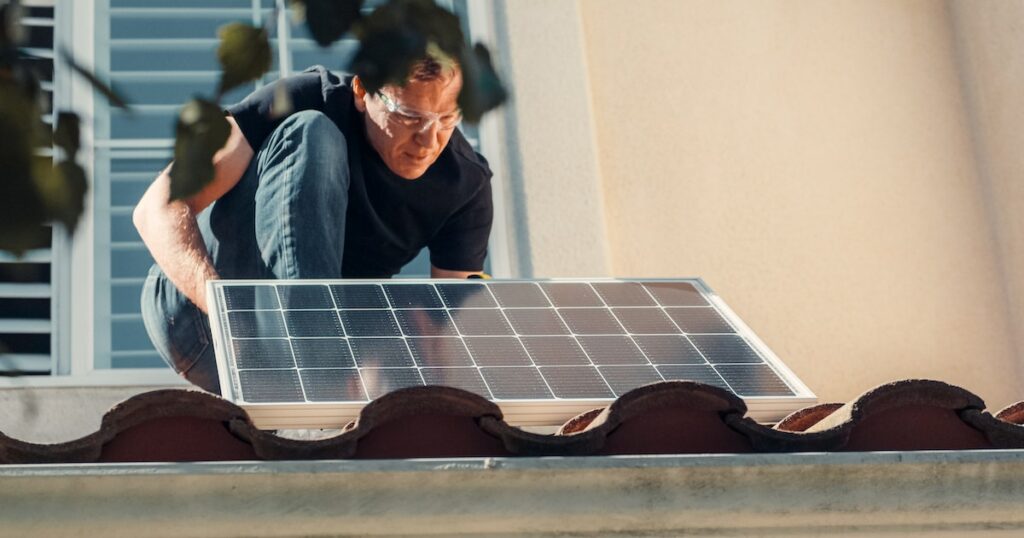Learn Everything You Need to Know About the Solar Tax Credit

The Solar Tax Credit’s Worth
In 2022, the Residential Clean Energy Credit will reimburse up to 30% of installing solar panels. However, you may be shocked that there is no budget limit for claiming a tax credit for your solar installation! You can claim up to the entire 30% credit, regardless of the size of your solar power installation, as long as you owe enough federal taxes to qualify.
The solar tax credit applies to any device that links directly to your solar power system or is required for installation, including solar panels, mounting equipment, inverters, wiring, and battery storage systems. The tax credit also applies to other costs associated with having solar panels placed on your roof, including labor, assembly, installation, inspection fees, and sales tax.
The solar tax credit is worth 30% of the project’s cost for any solar project completed between 2022 and 2032.
Following that date, the following is the step-down schedule:
- 30% – Projects with completion dates between 2022 and 2032
- 26% – Projects with completion dates in 2033
- 22% – Projects with completion dates in 2034
- 0% – Projects with a completion date of 2035 or later
The Solar Tax Credit’s History
The Residential Clean Energy Credit is now worth 30%. Renewable energy tax credits, on the other hand, have undergone several extensions, value modifications, and step-down schemes, including the following:
• 2005 – The Energy Policy Act of 2005 established the United States Federal solar tax scheme and the domestic “25D” investment tax credit of 30% of eligible solar expenditures.
The 25D tax credit was intended to expire a year later, but it was extended for another year under subsequent legislation.
• 2008 – The 2008 Emergency Economic Stabilization Act (often known as the “bank bailout”) extended the ITC for an additional eight (8) years (through 2016) and removed the $2,000 monetary cap on the credit amount.
• 2009 – The American Recovery and Reinvestment Act (or “Stimulus Bill”) increased the categories of qualified expenditures and technologies and also supplemented the ITC with the Solar 1603 Grant program, which gave money instead of tax credits (funding has since been depleted).
These fundamental policies have mainly been credited for sparking growth and investment in the solar industry and sector.
• 2015 – Legislation postponed the severe and scheduled drop from 30% to 10%, establishing a gentler decline schedule (26%-22%) in 2020-2021.
• 2020 – As part of the COVID relief bill, industry advocates extended the ITC step-down deadline. The ITC was set to expire in 2024 at 26% in 2022 and 22% in 2023.


